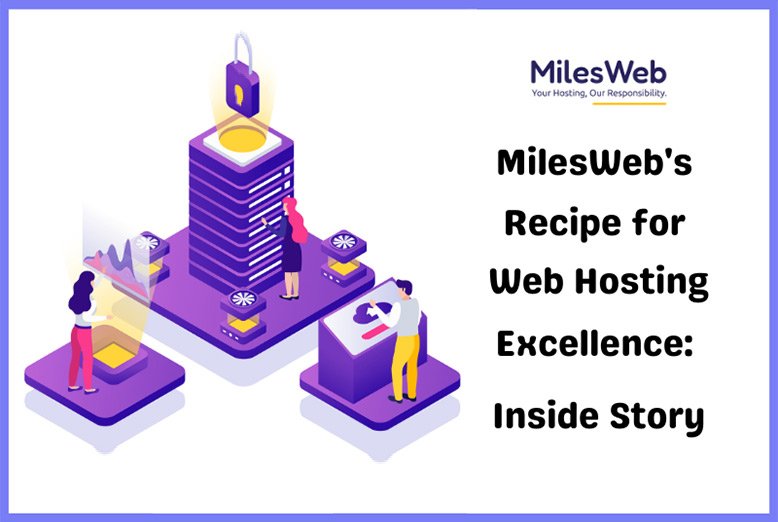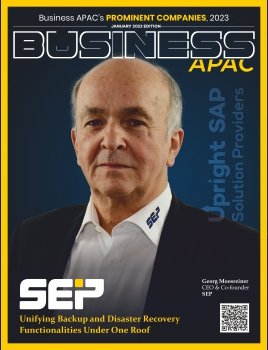Email marketing remains one of the most effective digital marketing strategies for small businesses. With its ability to deliver personalized content directly to a customer’s inbox, email marketing offers the perfect opportunity to build relationships, drive conversions, and foster loyalty. However, not all email campaigns are created equal. In order to stand out in a crowded inbox and lead to measurable results, small businesses must focus on creating engaging, well-designed campaigns.
This guide will walk you through the essentials of email marketing, from crafting compelling content to utilizing professional stock images, so you can create campaigns that captivate your audience and help your small business thrive.
Why Email Marketing Matters for Small Businesses
Before diving into the specifics of creating a great email campaign, it’s important to understand why email marketing remains a valuable tool for small businesses:
- Cost-Effective: Email marketing is affordable and offers a high return on investment (ROI). According to industry research, email marketing can generate $36 for every $1 spent, making it one of the most cost-effective marketing strategies.
- Direct Access to Audience: Unlike social media platforms that rely on algorithms, email gives you direct access to your audience. When someone subscribes to your email list, they are choosing to hear from you, which indicates a level of interest and engagement.
- Measurable Results: Email marketing platforms offer a range of analytics to help you measure the success of your campaigns, including open rates, click-through rates, and conversions. This data is invaluable for fine-tuning your strategy.
- Personalization: Email marketing allows you to segment your audience and send tailored messages that resonate with individual subscribers. Whether it’s addressing customers by name or sending them offers based on their previous purchases, personalized emails can significantly increase engagement.
Crafting the Perfect Email Campaign
A successful email marketing campaign starts with a clear goal and a deep understanding of your target audience. Here’s how to build an effective campaign:
1. Know Your Audience
Before you begin crafting your emails, take the time to understand your audience’s preferences, needs, and pain points. Are they looking for special offers? Industry insights? Or perhaps helpful tips and advice? Creating buyer personas can help you identify what will resonate with your readers.
2. Write Compelling Subject Lines
The subject line is the first thing your audience sees, and it determines whether they will open your email. Keep it short, engaging, and relevant to the content inside. Personalization works well here—adding the recipient’s name or referencing their specific interests can boost open rates. Use action-oriented language and create a sense of urgency when appropriate.
3. Provide Valuable Content
Once the recipient opens the email, the content needs to deliver on the promise of the subject line. Whether you’re promoting a product, offering a discount, or sharing valuable information, make sure your message is clear and focused. Avoid overwhelming your audience with too much text; instead, focus on quality over quantity.
Break up your content into digestible sections with headers, bullet points, and short paragraphs. Be sure to include a strong call to action (CTA) that encourages the reader to take the next step, whether that’s visiting your website, making a purchase, or downloading a resource.
4. Design for Engagement
A well-designed email can make a big difference in how your message is received. Start with a clean, responsive template that looks good on both desktop and mobile devices. Around 60% of emails are opened on mobile, so optimizing your design for smaller screens is critical.
Incorporate visual elements such as professional stock images to break up text and add visual interest to your emails. High-quality images can enhance your message, evoke emotion, and create a more engaging experience for the reader. Make sure any images you include are relevant to the content and contribute to the overall design without overwhelming it. If you sell products, use images to showcase them in use, or if you’re offering a service, include photos that help convey its benefits.
Remember to also include alt text for your images, as some email clients may block images by default. This ensures that your audience still gets the key message even if the images don’t load.
5. Personalize and Segment
One-size-fits-all email campaigns are a thing of the past. Personalization and segmentation are key to creating more relevant and engaging emails. By using data such as location, past purchases, or browsing behavior, you can tailor your content to specific segments of your audience. Personalized emails, such as birthday offers or product recommendations, tend to have higher open rates and engagement.
Automated workflows can also help you send the right message at the right time. For example, you can set up welcome emails for new subscribers, abandoned cart reminders, or follow-up emails after a purchase.
Best Practices for Successful Email Campaigns
To ensure your email campaigns deliver results, follow these best practices:
1. Maintain a Consistent Schedule
Consistency is key when it comes to email marketing. Sending emails too frequently can annoy your audience and lead to unsubscribes, while sending too infrequently may cause them to forget about your business. Find the right balance and stick to a schedule that keeps your audience engaged without overwhelming them.
2. Comply with Legal Requirements
Make sure your emails comply with regulations such as the CAN-SPAM Act, which requires you to include a physical mailing address and an easy way to unsubscribe. Keeping your email list clean and up-to-date by removing inactive subscribers also helps improve deliverability.
3. Test and Optimize
Regularly test different elements of your emails—such as subject lines, CTAs, or images—to see what resonates best with your audience. A/B testing can help you identify what works and refine your campaigns over time.
4. Track Performance
After each campaign, review your analytics to track key metrics like open rates, click-through rates, and conversions. Use this data to assess what worked and what didn’t, and make improvements for future campaigns.
Conclusion
Email marketing remains one of the most effective ways for small businesses to connect with their audience, build relationships, and drive sales. By focusing on personalization, visual appeal (including the use of professional stock images), and valuable content, you can create email campaigns that stand out in your customers’ inboxes and lead to tangible results for your business.
Stay consistent, test your strategies, and always aim to provide value to your audience—and your email marketing efforts will be well on their way to success.
Also Read: E-commerce Marketing Techniques to Outperform Competitors




















